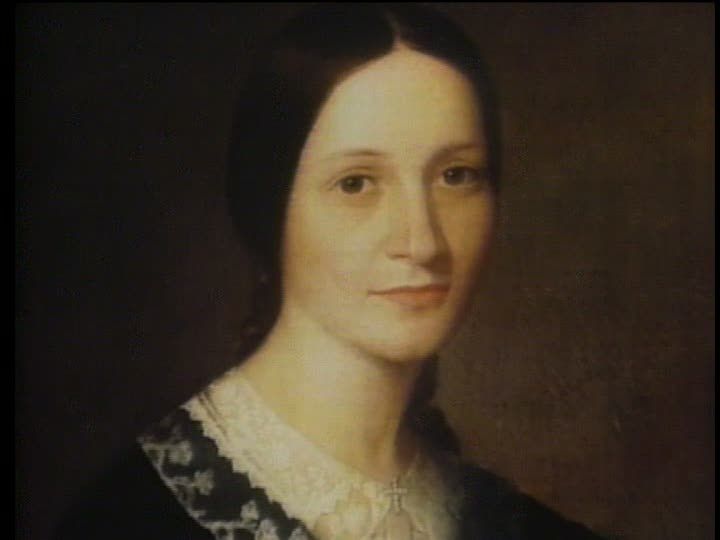Wednesday, 8 May 2013
JIM BOWIE
 James "Jim" Bowie (c. 1796 – March 6, 1836), a 19th-century American pioneer, soldier, smuggler, slave trader, and land speculator, played a prominent role in the Texas Revolution, culminating in his death at the Battle of the Alamo. Stories of him as a fighter and frontiersman, both real and fictitious, have made him a legendary figure in Texas history and a folk hero of American culture.
James "Jim" Bowie (c. 1796 – March 6, 1836), a 19th-century American pioneer, soldier, smuggler, slave trader, and land speculator, played a prominent role in the Texas Revolution, culminating in his death at the Battle of the Alamo. Stories of him as a fighter and frontiersman, both real and fictitious, have made him a legendary figure in Texas history and a folk hero of American culture.Born in Kentucky, Bowie spent most of his life in Louisiana, where he was raised and later worked as a land speculator. His rise to fame began in 1827 on reports of the Sandbar Fight.
The Sandbar Fight, aka Vidalia Sandbar Fight, was an 1827 brawl featuring Jim Bowie. The brawl occurred at the conclusion of a duel, and resulted in Bowie being seriously injured. Bowie was nonetheless the victor.
 Bowie supported duelist Samuel Levi Wells III, while Wright favored Dr. Thomas Harris Maddox, both of Alexandria, Louisiana.About 16 men were present. Wells had also brought supporters, including Major George McWhorter and General Samuel Cuny.
Maddox was supported by Colonel Robert Crain, Carey Blanchard, Alfred
Blanchard, and several unnamed others. Wright was late, and had not yet
arrived when the duel began.
Bowie supported duelist Samuel Levi Wells III, while Wright favored Dr. Thomas Harris Maddox, both of Alexandria, Louisiana.About 16 men were present. Wells had also brought supporters, including Major George McWhorter and General Samuel Cuny.
Maddox was supported by Colonel Robert Crain, Carey Blanchard, Alfred
Blanchard, and several unnamed others. Wright was late, and had not yet
arrived when the duel began.The duelists each fired two shots, and, as neither man was injured, resolved their duel with a handshake.
Bowie, rising to his feet, drew his knife and charged at Crain, who struck him so hard with his empty pistol upon the head that it broke and sent Bowie to his knees. Wright appeared, drew a pistol, and shot at the fallen Bowie, missing. Wright then drew his sword cane and stabbed Bowie in the chest, but the thin blade was deflected by his sternum. As Wright attempted to pull the blade free, Bowie reached up, grabbed his shirt, and pulled him down upon the point of his Bowie knife
 . Wright died instantly, and Bowie, with Wright's sword still protruding
from his chest, was shot again and stabbed by another member of the
group.As Bowie stood, pulling the sword cane from his chest, both Blanchard
brothers fired at him, and he was struck once in the arm. Bowie spun and
cut off part of Alfred's forearm. Carey fired a second shot at Bowie,
but missed. As the brothers fled, Carey was shot and wounded by Major
McWhorter.
. Wright died instantly, and Bowie, with Wright's sword still protruding
from his chest, was shot again and stabbed by another member of the
group.As Bowie stood, pulling the sword cane from his chest, both Blanchard
brothers fired at him, and he was struck once in the arm. Bowie spun and
cut off part of Alfred's forearm. Carey fired a second shot at Bowie,
but missed. As the brothers fled, Carey was shot and wounded by Major
McWhorter.The Battle of the Sandbar lasted more than 10 minutes, leaving Samuel Cuny and Norris Wright dead, and another four men - Alfred Blanchard, Carey Blanchard, Robert Crain and Jim Bowie - wounded.
Crain helped carry Bowie away, with Bowie recorded as having thanked him, saying, "Col. Crain, I do not think, under the circumstances, you ought to have shot me." One doctor reputedly said "How he (Bowie) lived is a mystery to me, but live he did." The doctors who had been present for the duel managed to patch Bowie's wounds.
 the daughter of the Mexican vice governor of
the province. His fame in Texas grew following his failed expedition to
find the lost San Saba
mine
the daughter of the Mexican vice governor of
the province. His fame in Texas grew following his failed expedition to
find the lost San Saba
mine , during which his small party repelled an attack by a large Indian
raiding party. At the outbreak of the Texas Revolution, Bowie joined
the Texas militia, leading forces at the Battle of Concepción
, during which his small party repelled an attack by a large Indian
raiding party. At the outbreak of the Texas Revolution, Bowie joined
the Texas militia, leading forces at the Battle of Concepción and the Grass Fight.
In January 1836, he arrived at the Alamo, where he commanded the
volunteer forces until an illness left him bedridden. Bowie died with
the other Alamo defenders on March 6. Despite conflicting accounts of the manner of his death, the "most popular, and probably the most accurate"accounts maintain that he died in his bed after emptying his pistols into several Mexican soldiers.
and the Grass Fight.
In January 1836, he arrived at the Alamo, where he commanded the
volunteer forces until an illness left him bedridden. Bowie died with
the other Alamo defenders on March 6. Despite conflicting accounts of the manner of his death, the "most popular, and probably the most accurate"accounts maintain that he died in his bed after emptying his pistols into several Mexican soldiers.According to his older brother John, James Bowie was born in Logan County, Kentucky,
 i
i
Subscribe to:
Comments (Atom)